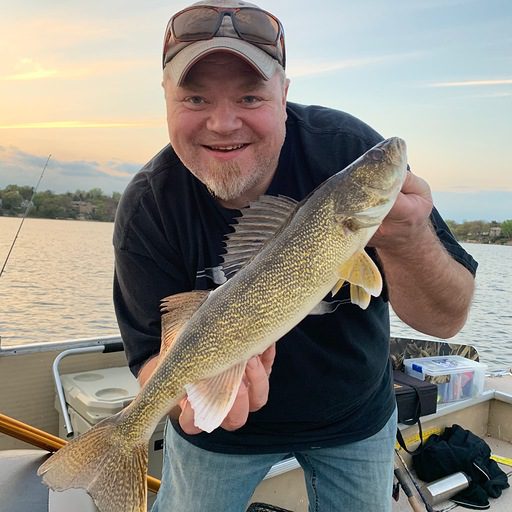Insight
Pause, Plan, Proceed

Written by Jon Helmberger
Millwrights find work in manufacturing plants, wind farms, and other construction projects involving some of the world’s largest and most complex machines. As some of the most mechanically inclined people, millwrights build, maintain, and repair these machines. More often than not, these machines are unique, possibly even one-of-a-kind. This work is performed without YouTube videos or instruction manuals. How do they do this? On a fishing trip several years ago, my friend, a millwright of over 20 years, had a simple answer… Pause. Plan. Proceed.
Since that time, I’ve integrated these three simple words into my homelife and in the workplace, which has resulted in more inspiring interactions, thorough analysis, and improved outcomes. In this blog, we’ll look at each of these steps and how you can leverage them to produce improved outcomes in your life.
Pause
One of the easiest things for us humans do is spontaneously react; humans are in fact exceptional at reacting. Reactions to stressful situations are often rooted in a fight or flight response. Under stress, we become tense, heart rates increase, breathing quickens and we might even begin to sweat. Sound familiar? When we choose a flight response, we remove ourselves from the situation; however, when we choose a fight response, we often do so with off-the-cuff emotion, limited or biased information and quick judgement.
At work, something as innocuous as the way an email is worded or the way someone behaves in a meeting can send a person into a stress-driven fight response. Spontaneous reactions can be received as inflammatory, defensive, divisive, irrational, and inappropriate. These immediate reactions can amplify stress in a situation causing a chain reaction which is rarely productive. After processing for a while, participants often realize how a situation could have been handled better causing less temporary or permanent relationship damage.
Pausing gives us the time reduce emotion, process and internalize what is being said, and ultimately produce a more thoughtful and productive response.
In my experience, the hardest part of pausing isn’t pausing; rather, it’s situational self-awareness, sometimes humility, and the active choice to pause. Once you’ve successfully paused it’s time to plan.

…the process of planning is just as important, if not more important, than the plan itself.

Plan
As Abraham Lincoln famously said, “Give me six hours to chop down a tree and I will spend the first four sharpening the axe.” Abe believed in having a good plan. The process of planning is just as important, if not more important, then the plan itself.
After you’ve paused, remember the basics:
- Know Your Wake – who will be affected, how, and with what impact.
- Now or Later – situational awareness is important, consider the time and place.
- Embrace Empathy – consider others’ responsibilities, challenges, and fears.
- Be Consistent – uphold and honor values, standards, and precedence.
- Ask for Input – early, often and continuously.
- Be Ready to Share – transparency works, teamwork works and sharing enables both.

Proceed
Congratulations! You’ve made it, you can now start executing. As you begin to execute your plan here are some items to be mindful of:
- Focus – on the desired outcome or goal that you are seeking, define the win.
- Inclusion – variability of opinions will provide the broadest perspective and most options.
- Measurement – key indicators are identified along with what direction should they go.
- Data – relevant data helps reduce guess work and emotion.
- Accountability – shared clarity on responsibilities and processes.
- Communication – plans mean change and change needs to be communicated.
Proceeding isn’t always easy, but remember that Pause, Plan, Proceed comes in many sizes and can easily be revisited when unknowns reveal themselves, assumptions are wrong, or something simply just doesn’t go as expected. When plans change, that’s ok, it means something has been learned and the situation is likely headed towards a better outcome.
Whew! Depending on the effort it’s taken thus far, feelings can range from energized to drained. The energized side of the equation is easy… it’s time to send it! The drained side can be a little trickier. It’s important to remember that now is not the time to throw in the towel; instead, remember the passion that caused a Pause in the first place, and the desire to produce the best outcome for everyone.
I encourage you to try “The 3 P’s” sometime, you won’t be disappointed. Pause. Plan. Proceed.
